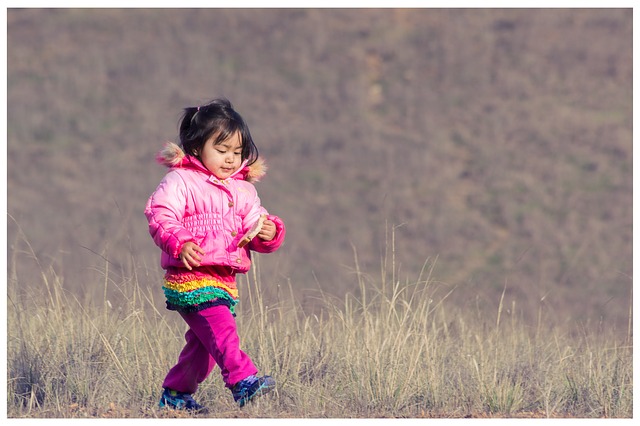In the previous post, I focused on loving kindness meditation for ourselves. In this post, I will discuss extending loving kindness to others. Often, though, these two approaches to loving kindness meditation are combined so that you can extend loving kindness to others and yourself in the one meditation.
Diana Winston, Director of Mindfulness Education at the Mindfulness Awareness Research Center (MARC) at the University of California, Los Angeles, provides an extended podcast for a loving kindness meditation that incorporates both approaches. This is one of a series of weekly meditation podcasts provided by MARC.
Guidelines for a loving kindness meditation focused on others
Diana suggests that in the first place you need to approach the meditation with a sense of curiosity, openness to whatever arises and a willingness to be with “what is” – whatever that may be, positive or negative emotions. She points out that whenever you try to cultivate a new meditation practice invariably obstacles will arise. So, we need to be open and present to these potential blockages because they will increase our self-awareness and dealing with them will improve our self-management.
Preparation for this form of meditation requires that you adopt a comfortable position or yoga pose. As Jack Kornfield reminds us, it is very difficult to extend loving kindness to others when you have a sore back because of a lack of back support.
Being grounded at the outset is important as with other forms of meditation. If you are sitting on a chair, this involves initially ensuring your feet are flat on the ground, you are sitting upright, your hands are in a comfortable position and you either close your eyes or look down to avoid distractions and centre your focus. A couple of deep breaths, followed by mindful breathing, can help to clear your mind and relax your body.
Loving Kindness Meditation Process
Typically, you will focus on someone who you love or appreciate – your partner, family member, close friend or supportive colleague. Ideally, it should be someone for whom you can readily develop kind thoughts and words of appreciation.
It is important to do two things – verbalise your kind thoughts and notice your bodily sensations. Verbalising involves stating what you wish for the other person, e.g. strength, resilience, happiness, joy, peace or calmness. It will help to envisage what you appreciate in the other person or what you love most about them, e.g. their generosity, sense of equity, courage, kindness to disadvantaged people, open heartedness, emotional support, balance or wisdom.
As you express kind thoughts in your meditation, you could notice your accompanying bodily sensations. These will become more pronounced as you progress with your loving kindness meditation because you will start to experience feelings of wellness, peace and happiness. These feelings can manifest in the slowing of your breath, a sense of calm or a slight vibration in your hands or feet as positive energy flows through you.
You can move onto other people who form part of your “field of love“. As you extend loving kindness to different cohorts, others will come to mind and you can incorporate them in your focus.
The more difficult thing to do is to extend loving kindness to people you find difficult for one reason or another. You soon learn what emotional blockages are getting in the road of your expressing positive feelings towards them. Again, it is important to stay with these feelings and work through them.
What usually helps is incorporating loving kindness towards yourself. This can be done by envisaging what someone in your “field of love” would extend to you. It can also be strengthened by picturing a recent hug received from them – so that the positive emotions of feeling valued, appreciated and loved can be revisited. Images, memories and sensations can heighten your positive feelings.
As you grow in mindfulness through loving kindness meditation, it will become easier and more natural to extend positive thoughts towards others. Jack Kornfield and Jon Kabat-Zinn reminds us that we become what we pay attention to.
By Ron Passfield – Copyright (Creative Commons license, Attribution–Non Commercial–No Derivatives)
Image source: courtesy of manfredrichter on Pixabay
Disclosure: If you purchase a product through this site, I may earn a commission which will help to pay for the site, the associated Meetup group and the resources to support the blog.






